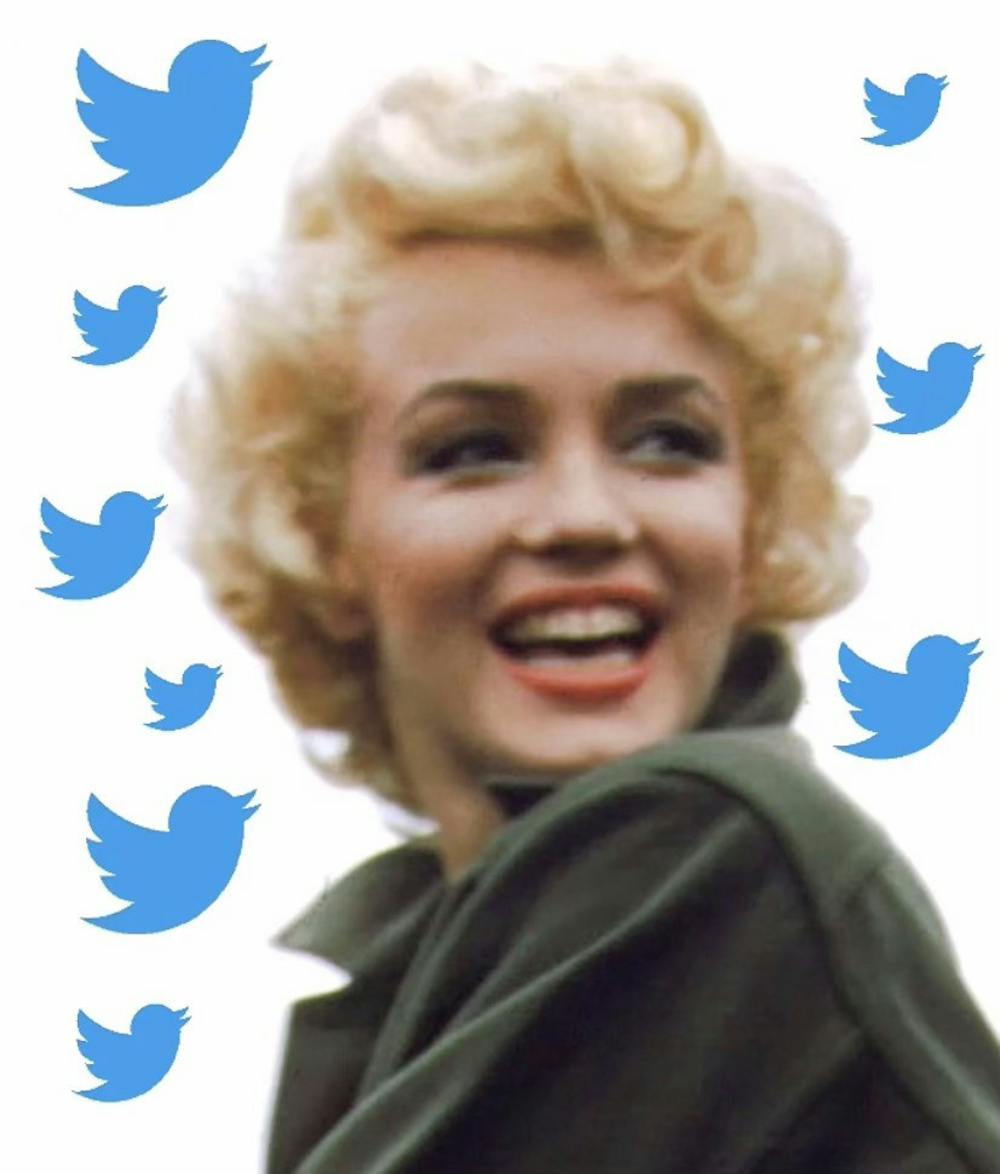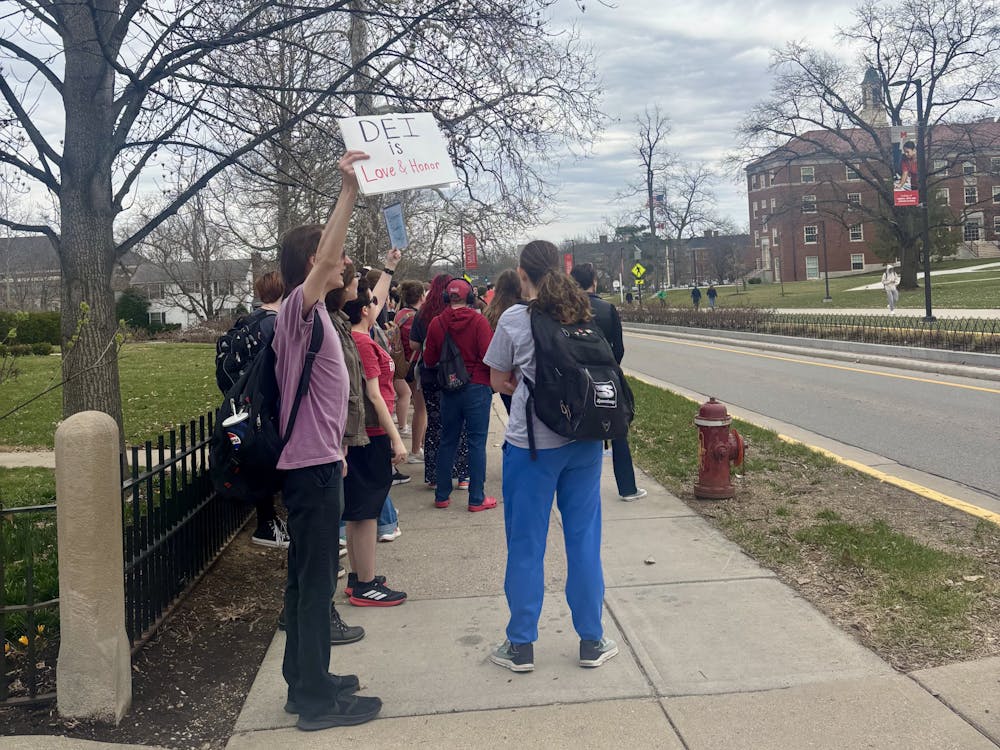In 2000, American author Joyce Carol Oates released her novel “Blonde,” a fictionalized account of the life and struggles of Norma Jeane Mortenson, a.k.a. Marilyn Monroe. The book was well-received in its time, viewed not as a biography of Monroe’s life but a manifestation of the way people saw her as both a personality and an object.
Two decades later, its adaptation has not been given the same leeway.
“Blonde” (the film), released by Netflix and directed by Andrew Dominik, is in many ways the definitive showcase for the transformation of media discourse in the age of social media.
Courting controversy for seemingly every aspect of its production, from its rating to its director to its story and imagery, the film has experienced a prolonged discussion cycle over topics ranging from its depiction of Monroe to the ethics of including scenes of sexual assault.
Of course, “Blonde” isn’t the first film to be treated this way. But with the prominence of its discourse, it brings the conversation around how social media has changed the ways people engage with media to the forefront — especially when that media contains elements often considered taboo.
In order for a subject to go viral, there needs to be a spark, said Jacob Lassin, a visiting assistant professor who teaches social media cultures (COM 325) in Miami University’s Department of Media, Journalism and Film.
“These things often snowball,” Lassin said. “The way the algorithms work are, when somebody starts getting a little bit of attention, it starts to get a little bit more attention. And that can grow and grow and grow from there.”
With “Blonde,” that spark came in the form of its trailer and the announcement that the film would be rated NC-17.
In the 2010s, only eight films were assigned the rating, which is the highest that can be given by the Motion Picture Association (MPA). Filmmakers are usually told by studios to avoid content that would garner an NC-17, due to both a public stigma against it and the fact that many major theatrical distributors refuse to show films with the rating.
“Blonde” was assigned NC-17 for “some sexual content,” a vague descriptor that mainfests in the finished film as several topless and a few full-frontal scenes of Monroe (played by Ana de Armas) and three scenes involving abuse and rape.
Dominik defended the film in interviews leading up to its release, while also offering his own interpretation for the film’s rating.
“That’s just the ratings board being political,” Dominik said in an interview with Screen Daily. “If I look at an episode of ‘Euphoria’, it’s far more graphic than anything going on in ‘Blonde’.”
Enjoy what you're reading?
Signup for our newsletter
These statements didn’t help things — in fact, they only made it worse.
“If certain groups or individuals want a story told a certain way, they’re able to kind of get that initial momentum going,” Lassin said. “They can really steer the way that people view things because there isn’t really the kind of oversight that you see from more traditional media outlets.”
Discussion over the film’s content continued to spread, with speculation over what could have caused the film to be given an NC-17 rating. Even with Dominik’s attempts to clarify, people across social media didn’t hesitate to call the film exploitative, disgusting and an affront to Monroe — all without having seen a single scene.
Lassin said this kind of sensationalizing happens often with trending topics on social media.
“It’s really now a system based off of, are you able to generate sensation and outreach in a lot of cases,” Lassin said. “And so even if there’s no real content there, it’s really about what you were able to get people arguing about whatever you said.”
The Venice Film Festival gave people the chance to actually see “Blonde,” garnering mixed reactions.
Sitting at a 42% on Rotten Tomatoes and earning a critic score of 50 on Metacritic, reviewers were universally favorable toward technical aspects of the film, such as the score and de Armas’s performance, but found the film’s treatment of Monroe much harder to stomach.
Reviewing the film for Arizona Republic, entertainment journalist Bill Goodykoontz summed up the critical consensus.
“It’s exceptionally well made, daring and experimental, with a powerful performance from Ana de Armas at its center. At its everything, really — she dominates the film, as well she should,” Goodykoontz said. “But the film is also too long, too self-indulgent, just too much. It is a marathon of misery.”
At the same time, a narrative began developing that it was morally wrong to like, or even watch, “Blonde.” Supporting the film meant supporting the continuing abuse of Monroe’s legacy, and by extension, the exploitation of all women in film.
People took to user review sites like Rotten Tomatoes and Letterboxd to review bomb the film — a phenomenon in which media is given a disproportionate amount of low user scores with the intent of showing their disapproval with something about it.
While sites like this have some moderation features that can curtail this from happening, it still colors people’s impressions and may keep them from watching a film for themselves.
By the time “Blonde” was released on Netflix on Wednesday, Sept. 28, the controversy had reached a fever pitch. But with the film out and nothing new to gain from discussions about it, it quickly faded away as users moved onto the next trending topic.
So … where does this leave “Blonde?”
Given the current cultural climate, it’s unlikely the film could possibly win everyone over. Even if it had been pulled off with perfect finesse — which it certainly was not — there would still be people who found it at best morally questionable and at worst reprehensible.
That said, as an avid media consumer, it’s disheartening to see people so quick to disengage from a film and refuse to even try and watch it for themselves.
“Blonde” and its discourse is the perfect representation of the current social media landscape: one more interested in delivering “hot takes” and feeling morally superior than actually engaging in legitimate conversation.




